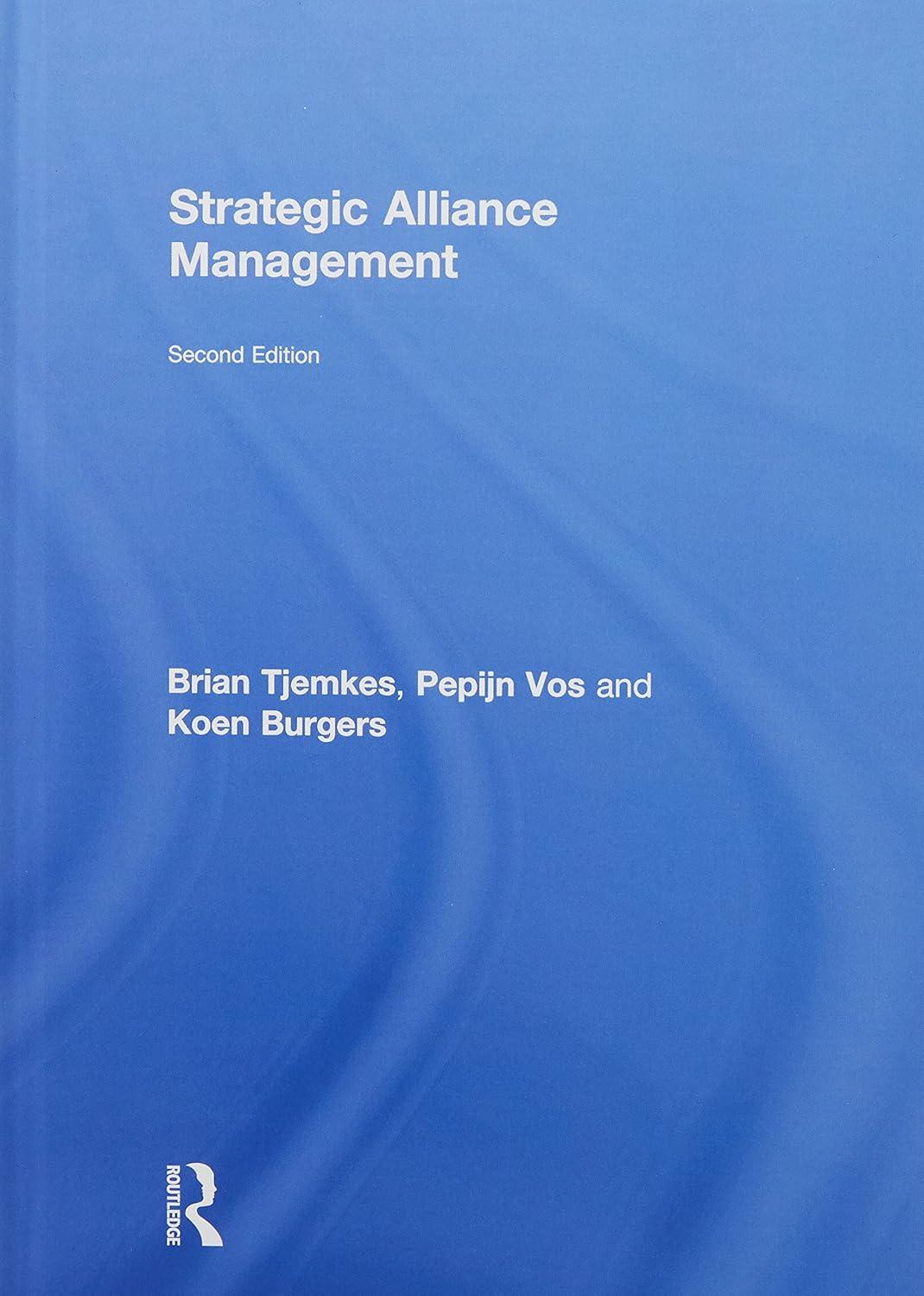Question
Read the scenarios below to answer the following question : After operating from the founders garage for three years, the team at Yebo Sauce, a
Read the scenarios below to answer the following question :
After operating from the founders garage for three years, the team at Yebo Sauce, a condiment manufacturing business, that is dealing primarily in table sauces, has decided that it is time to expand their operation to the rest of Gauteng province. The implication of this expansion is that they need to introduce wide-ranging supply chain management processes within the business. As the newly appointed head for the logistics part of the operation, your primary focus is to align all employees and managers to the key concepts, processes and implications of adopting the necessary supply chain processes.
Sauces & Spices
Revenue in the Sauces & Condiments segment amounts to US$486.40m in 2022. The market is expected to grow annually by 3.49% (CAGR 2022-2027). In global comparison, most revenue is generated in China (US$38.24bn in 2022). In relation to total population figures, per person revenues of US$8.01 are generated in 2022. In the Sauces & Condiments segment, volume is expected to amount to 108.1mkg by 2027. The Sauces & Condiments segment is expected to show a volume growth of 0.2% in 2023. The average volume per person in the Sauces & Condiments segment is expected to amount to 1.9kg in 2022.
Sauces and condiments are additional ingredients used during the food preparation process. The Sauces & Condiments segment covers ketchup, other sauces, spices and culinary herbs.
For a business such as Yebo Sauces, running an effective and efficient warehouse operation could lead to growth in the local market as well as export markets. Therefore, their warehousing decisions have to consider the spatial perspectives adequately and accurately, lest they invest funds in an infrastructure that does not yield the returns they seek.
1. Examine how the following factors influence the ability of the southern African region to develop regional value chains and supply chains, and to participate in global production networks and link it to the case study
a. Lack of competitiveness on the global market.
b. Trade barriers.
c. Peripheral location in relation to global markets.
Step by Step Solution
There are 3 Steps involved in it
Step: 1

Get Instant Access to Expert-Tailored Solutions
See step-by-step solutions with expert insights and AI powered tools for academic success
Step: 2

Step: 3

Ace Your Homework with AI
Get the answers you need in no time with our AI-driven, step-by-step assistance
Get Started


